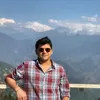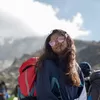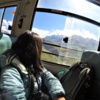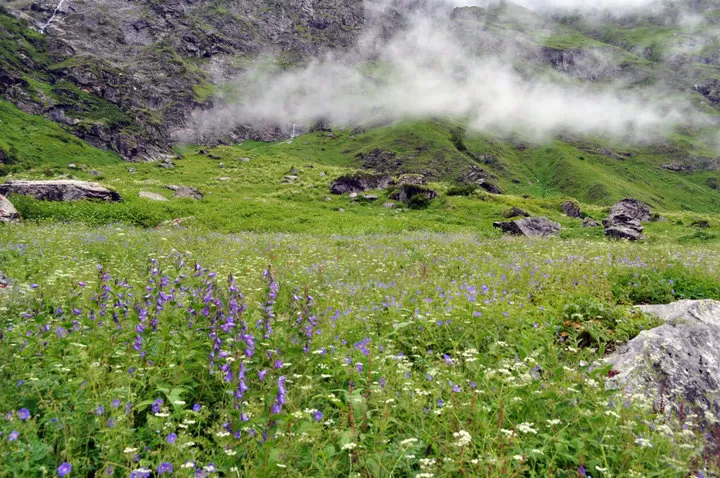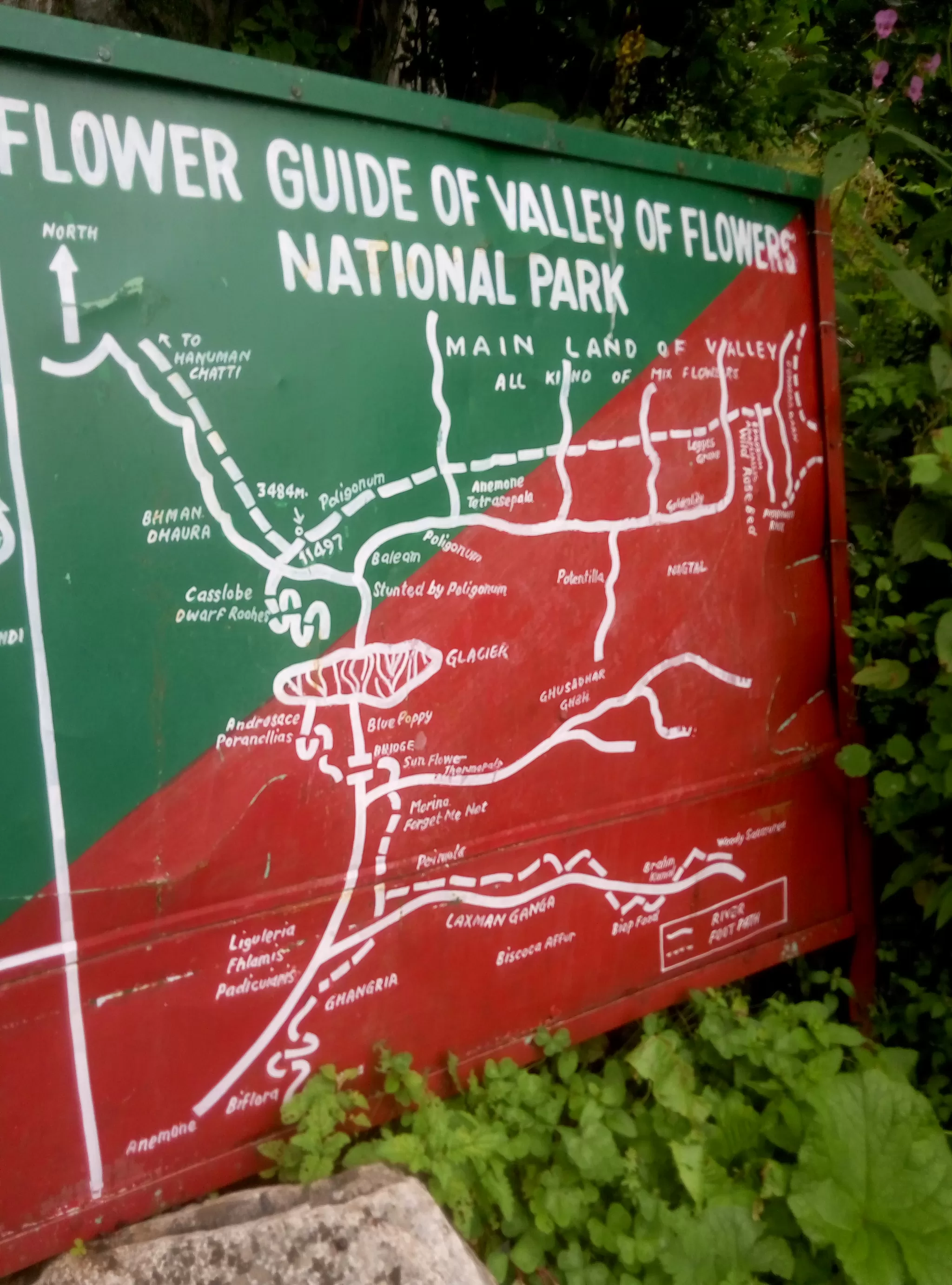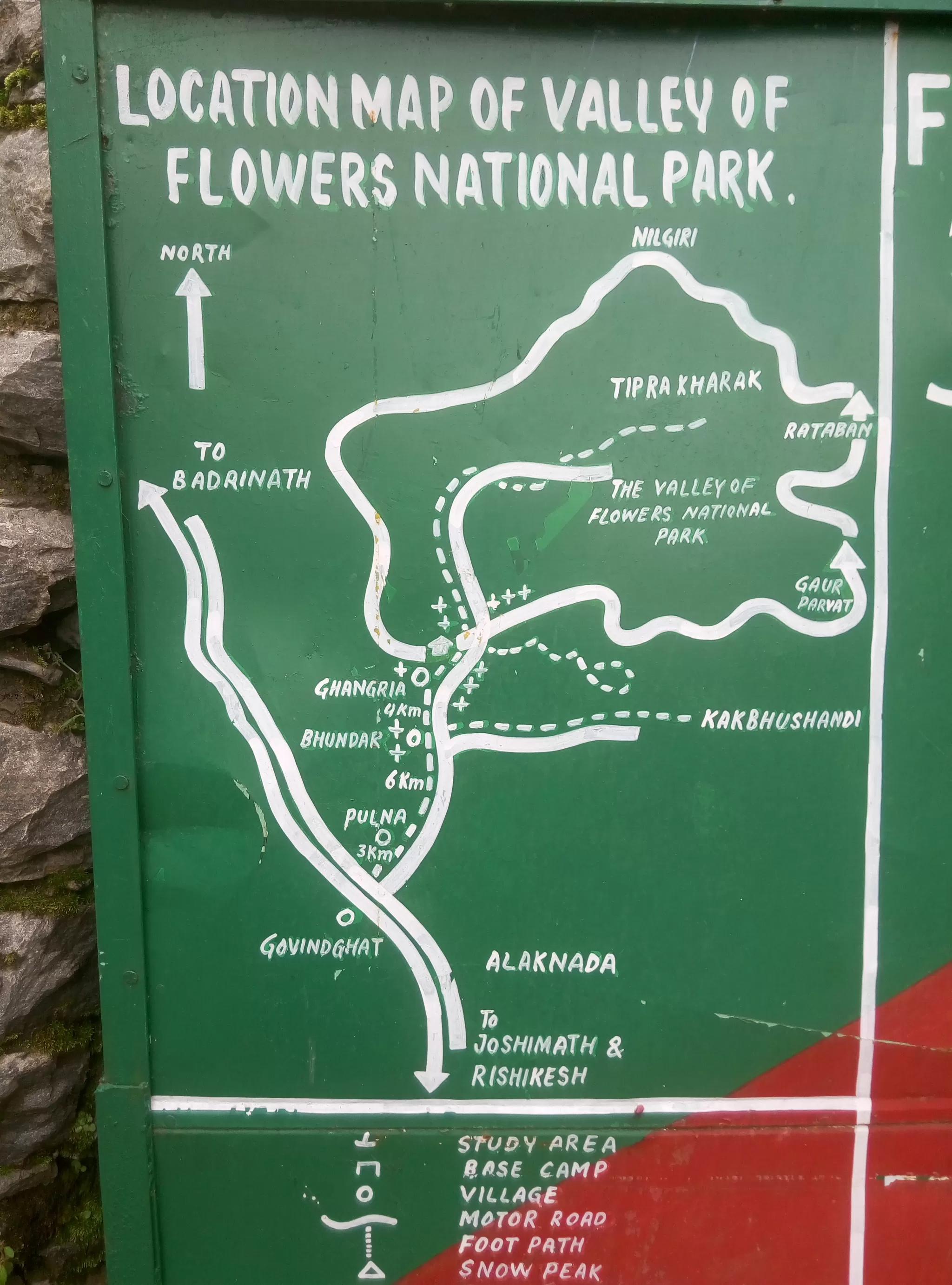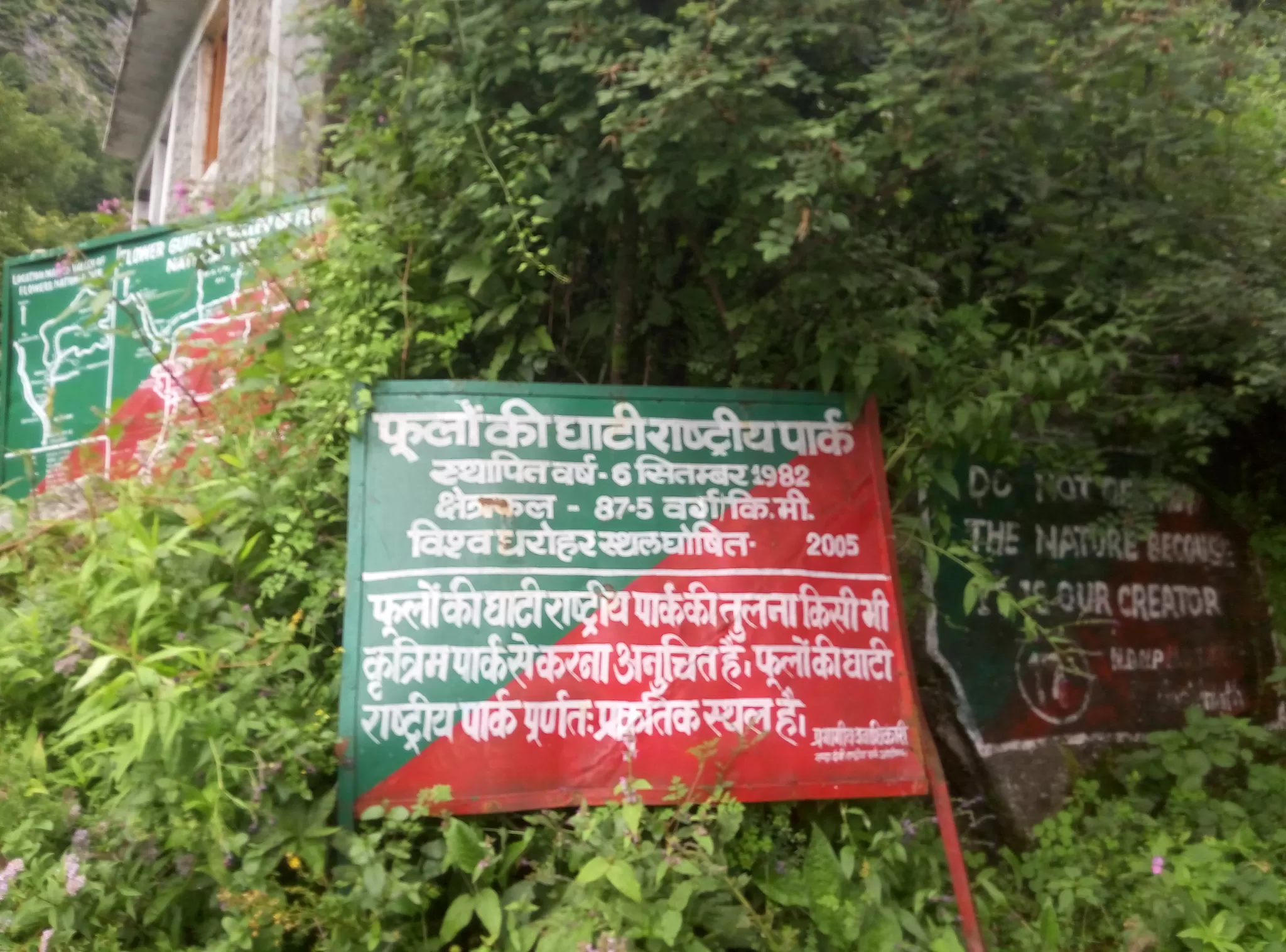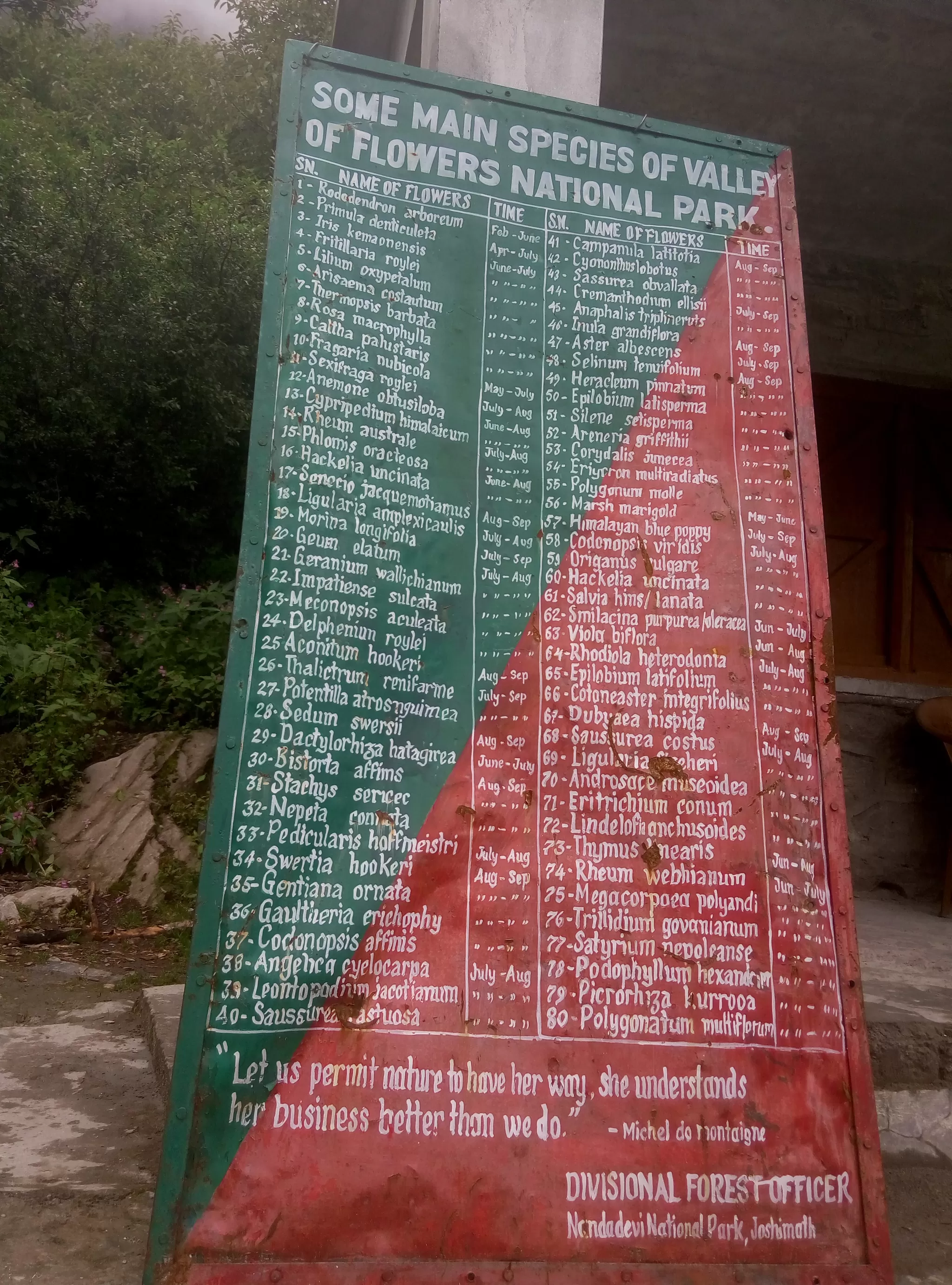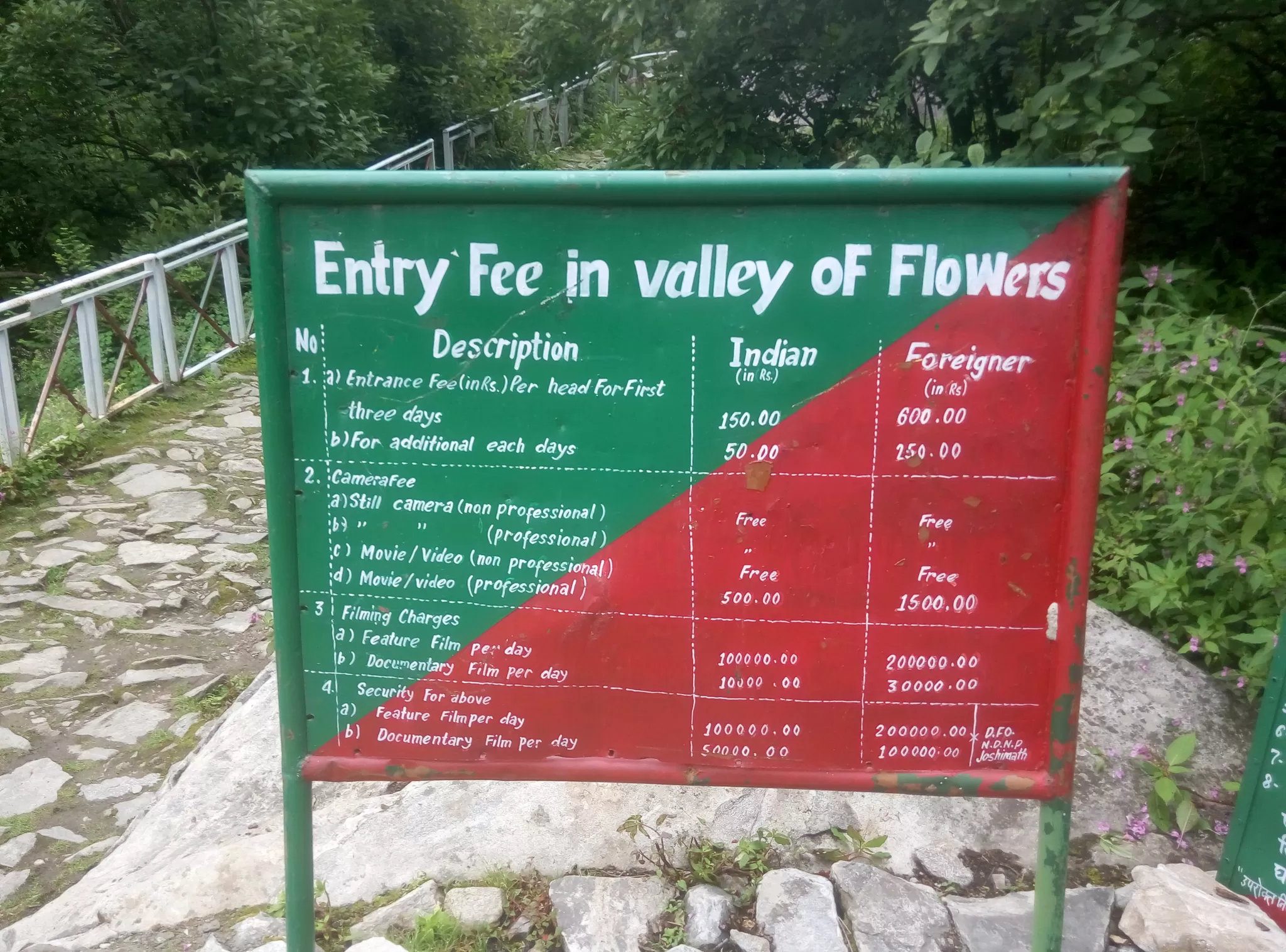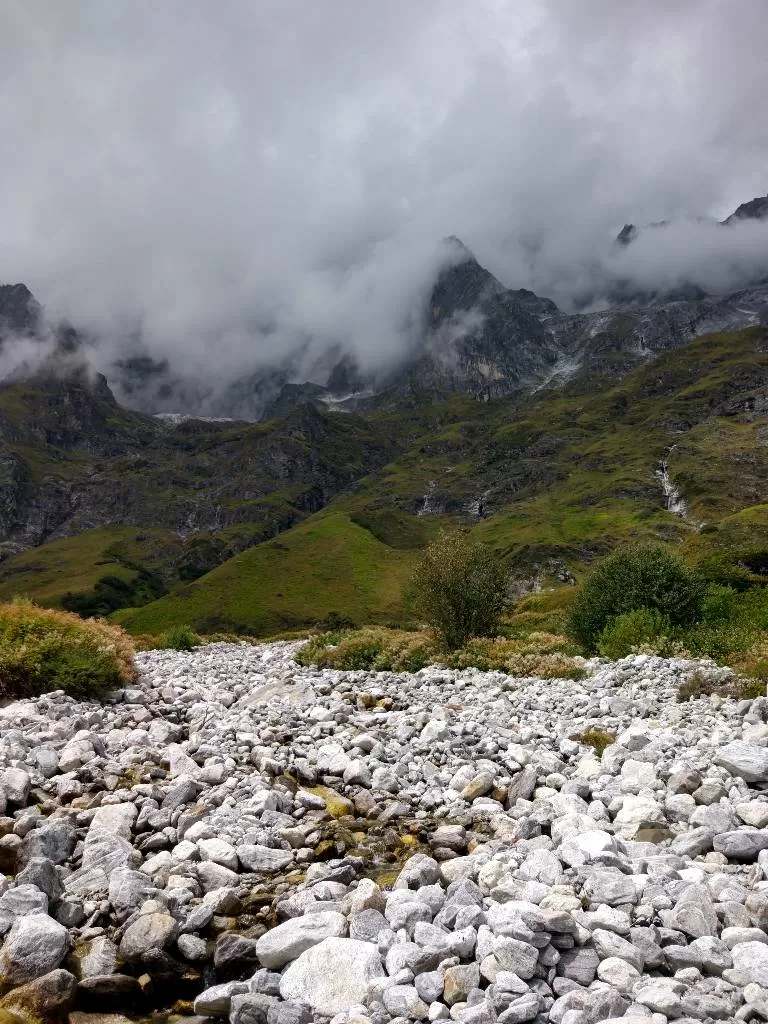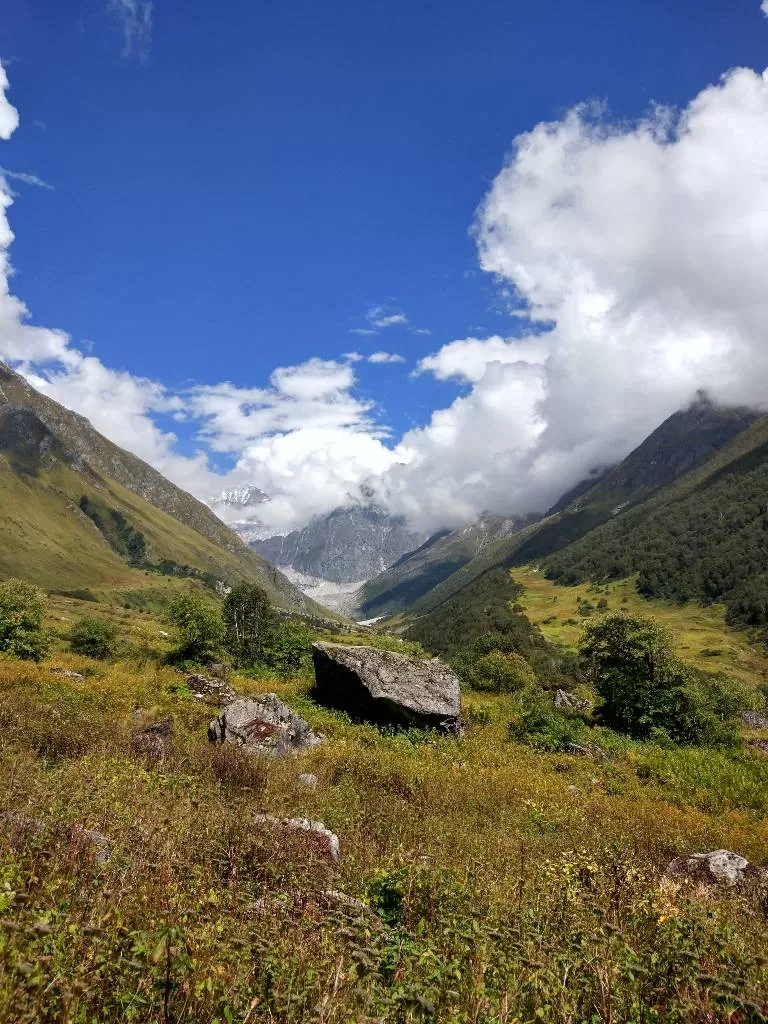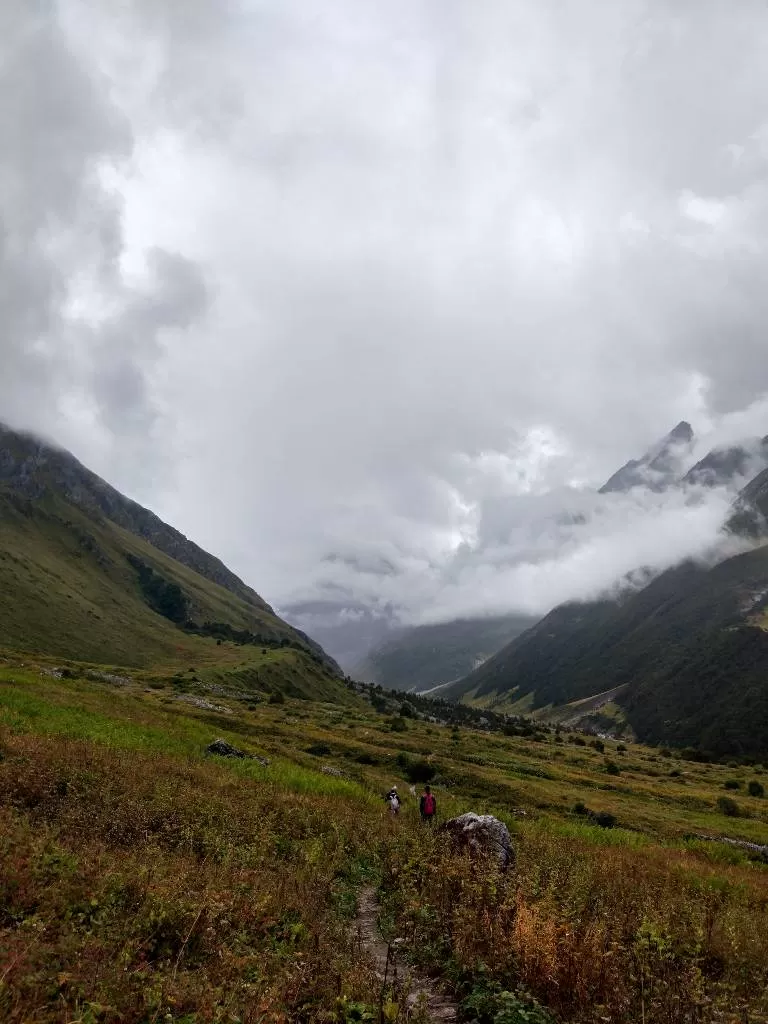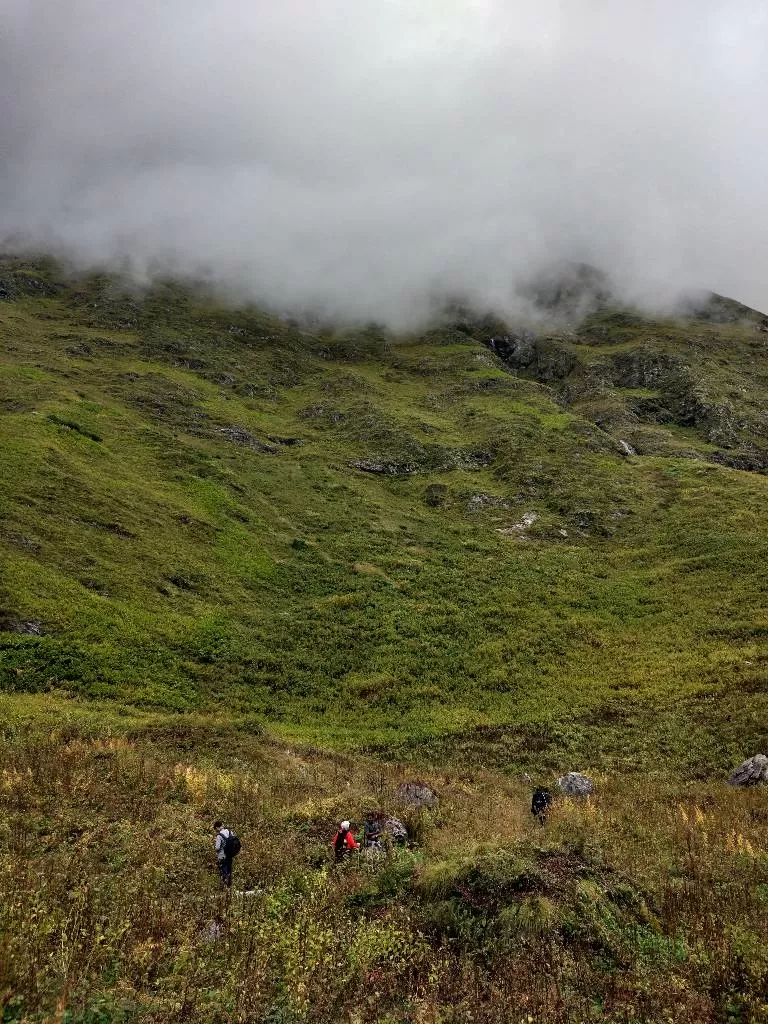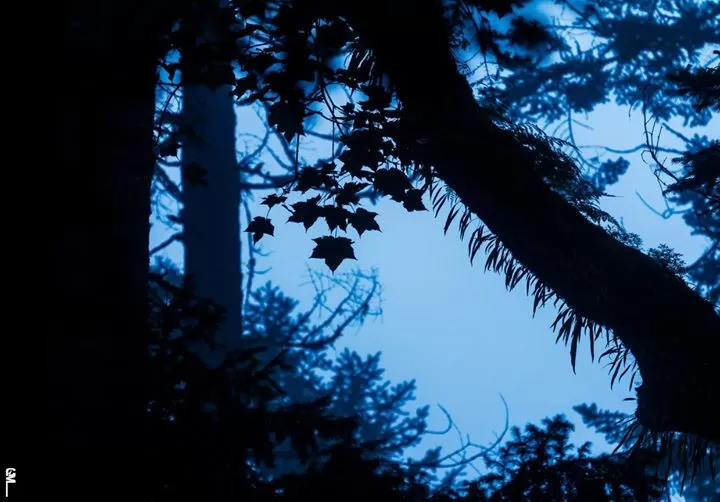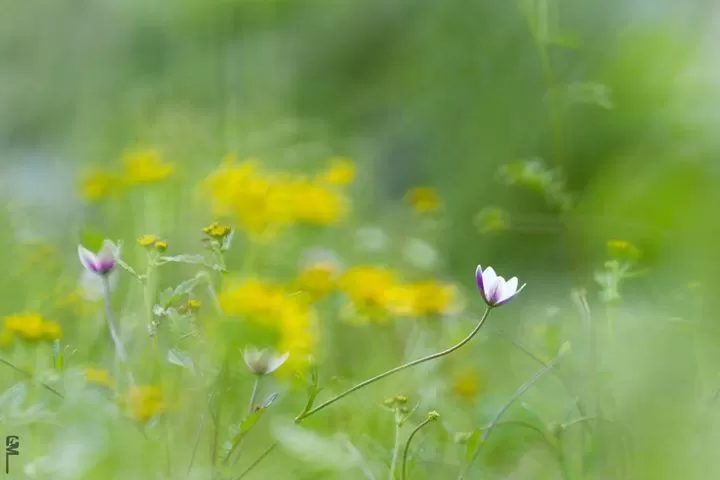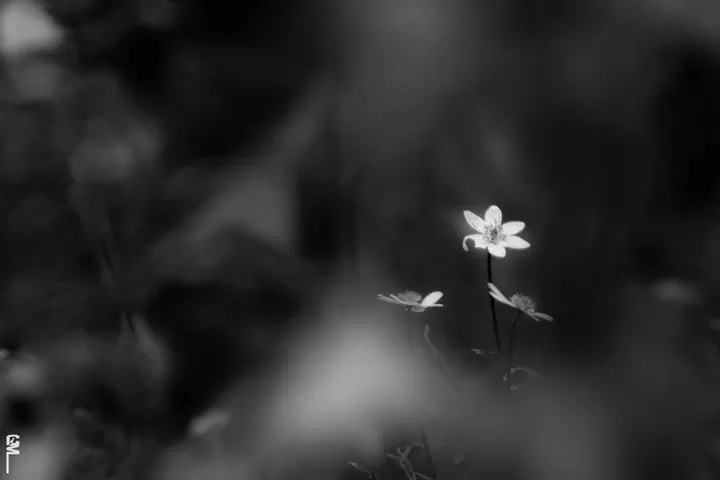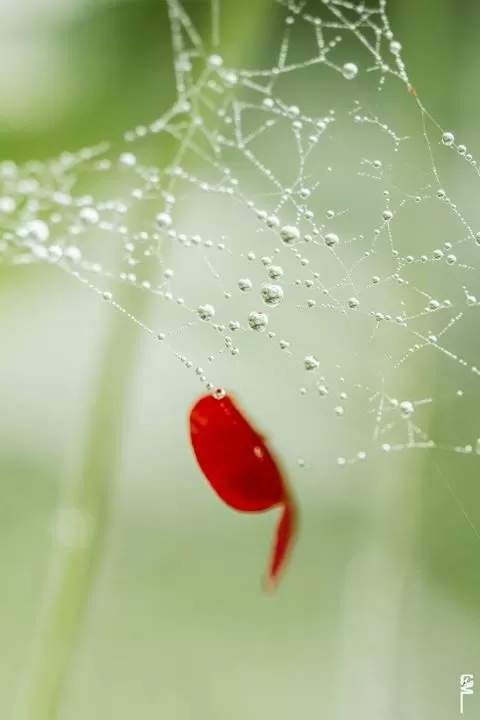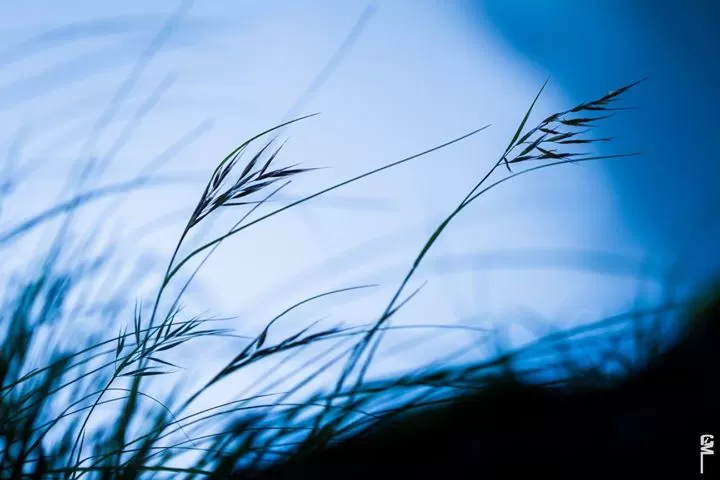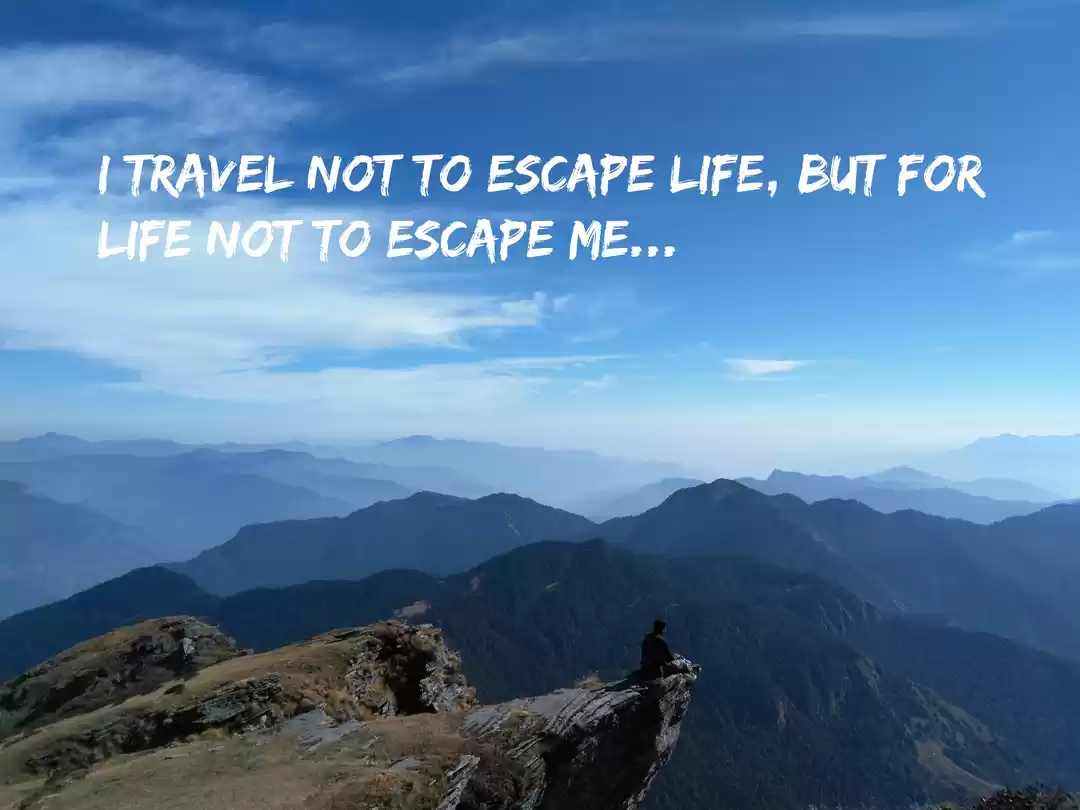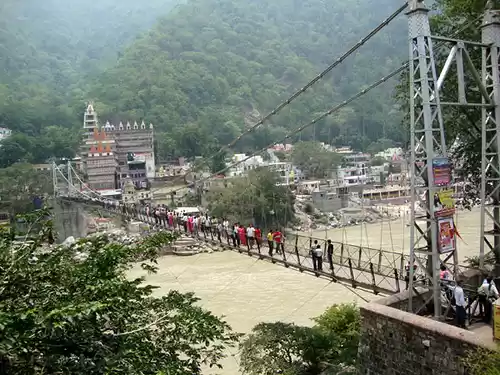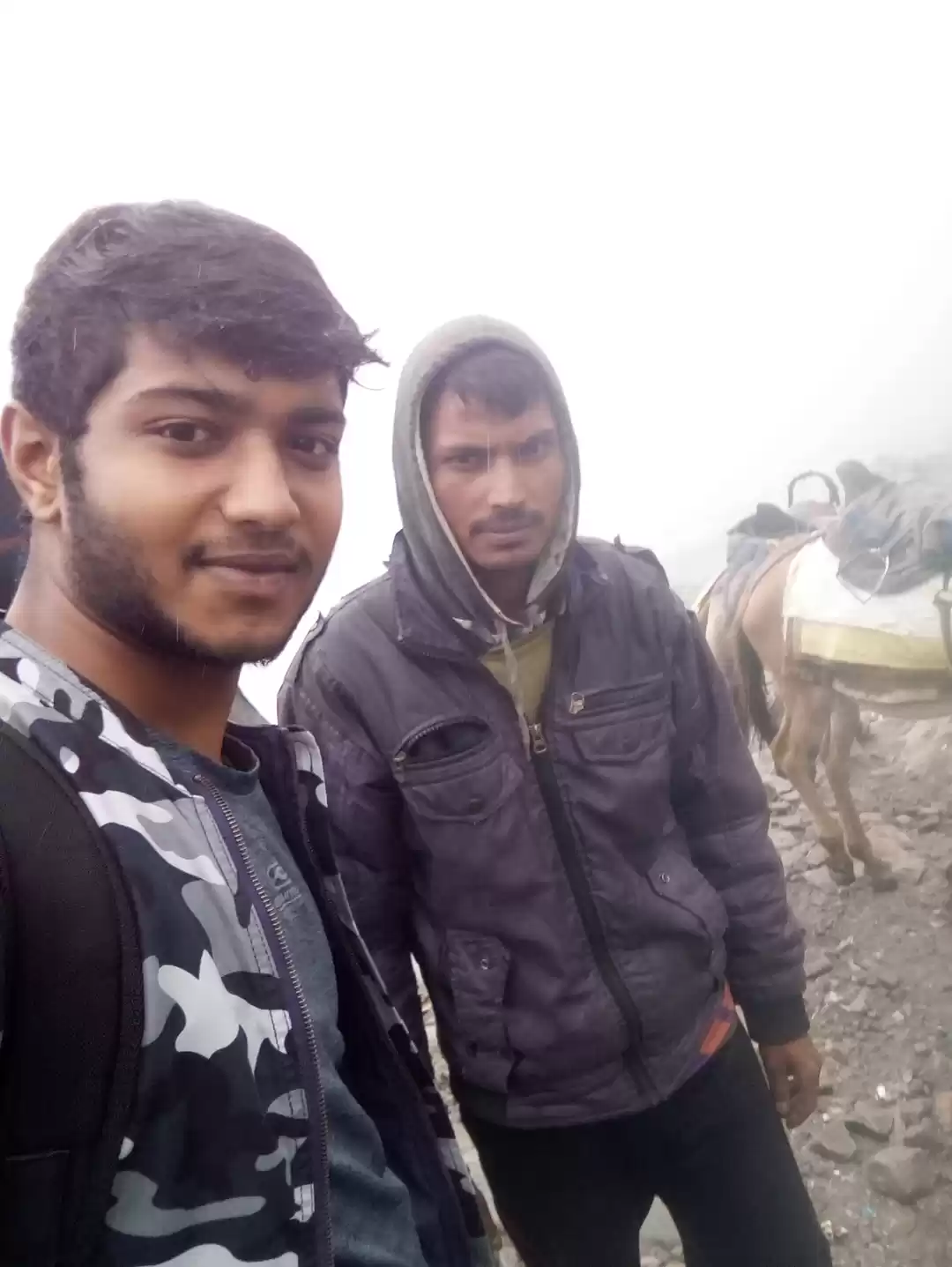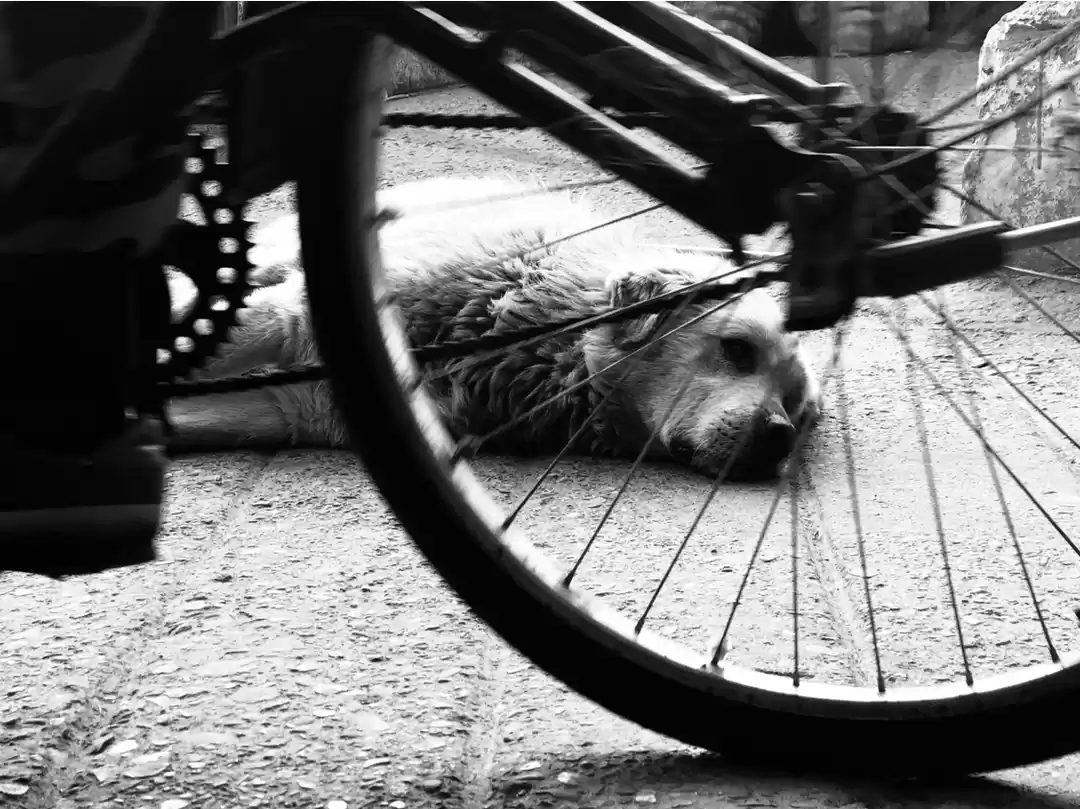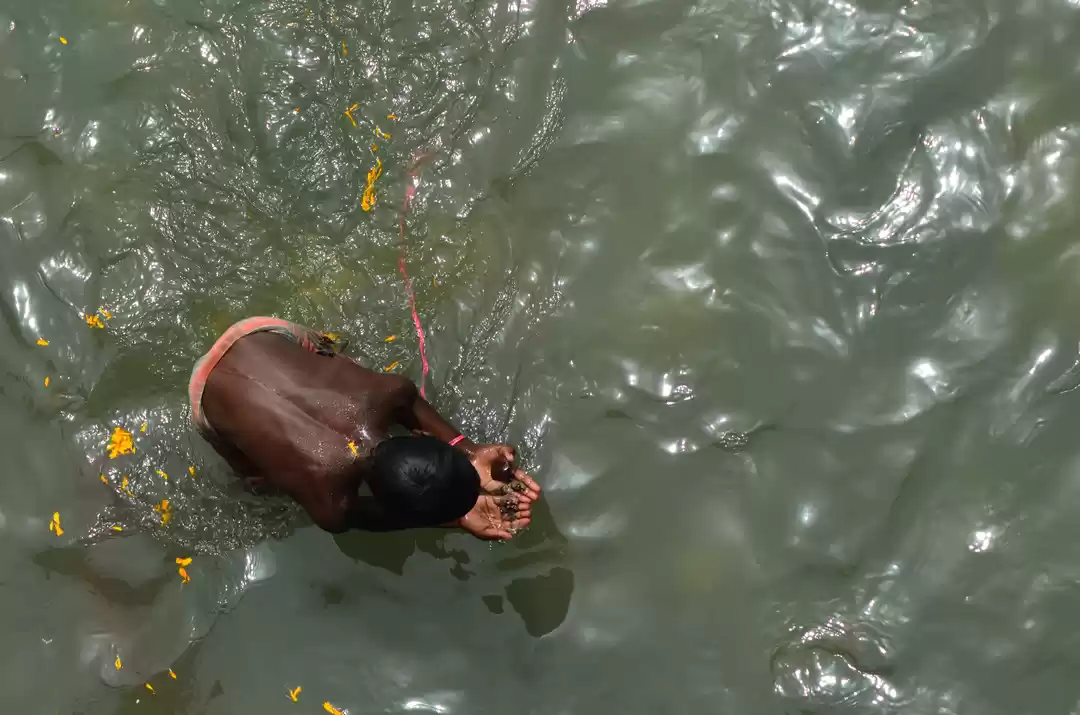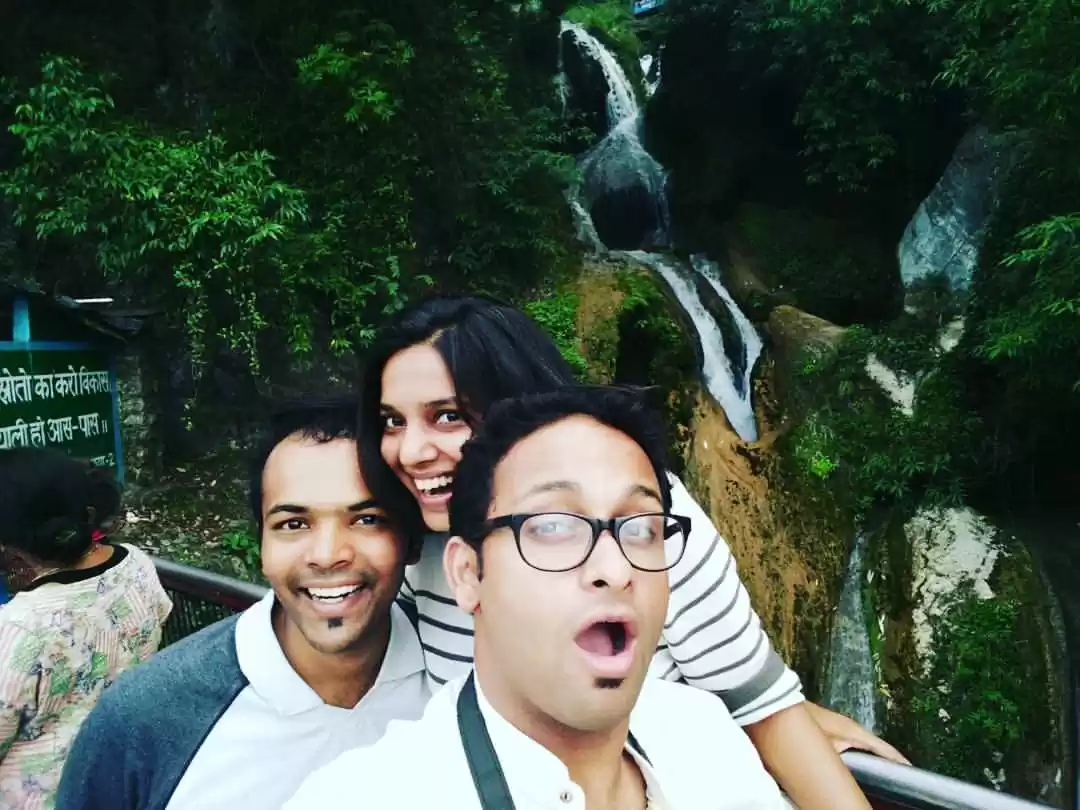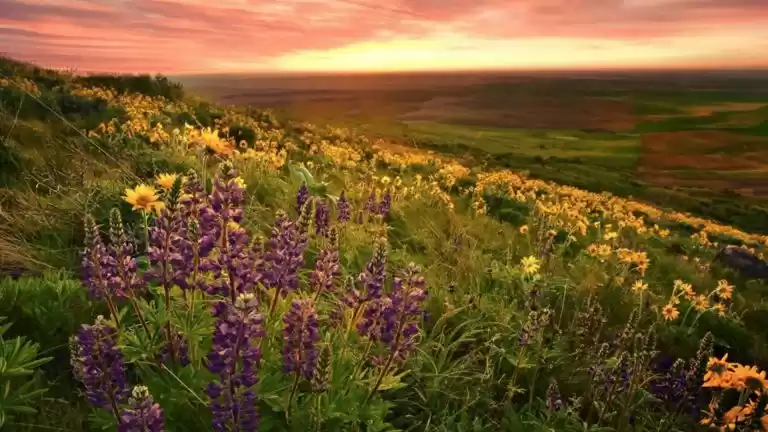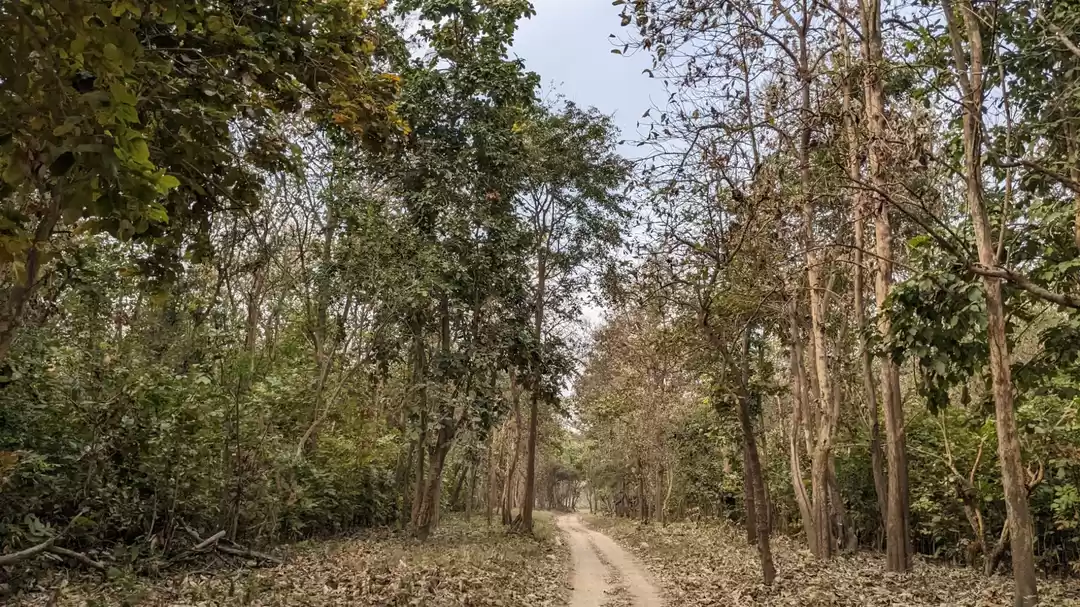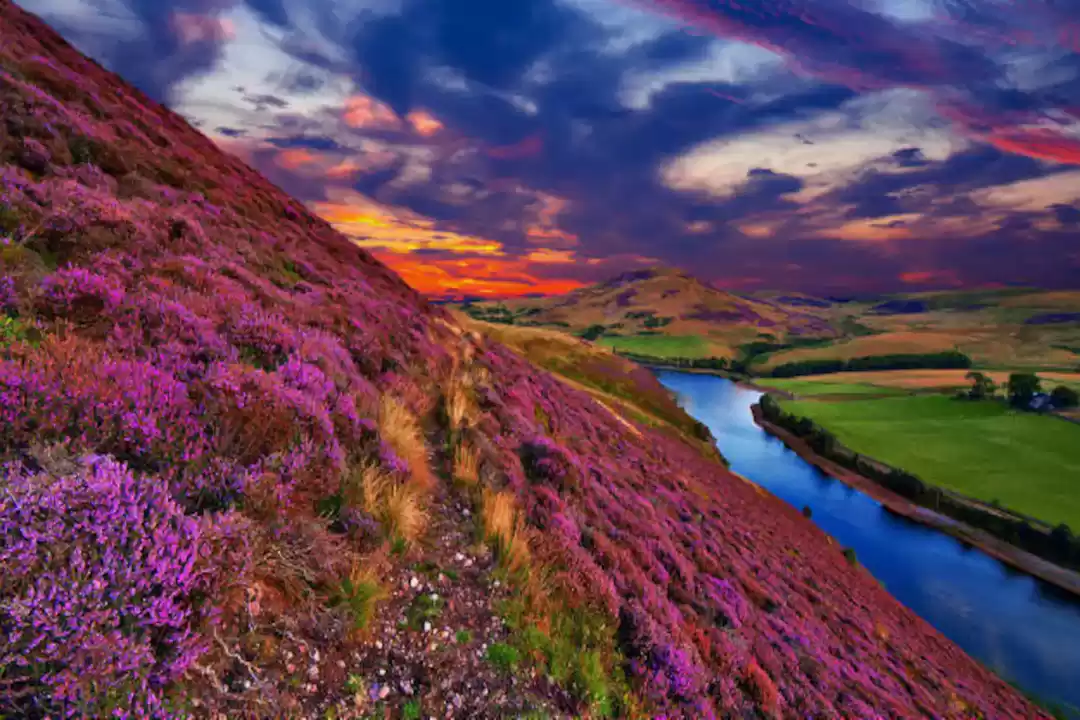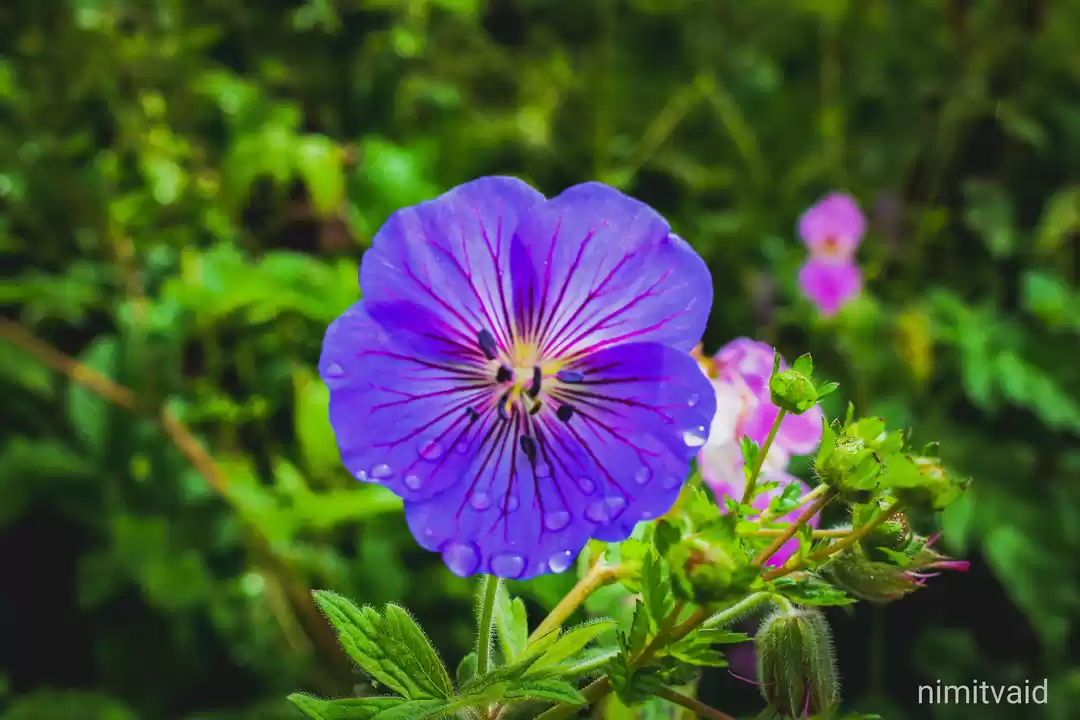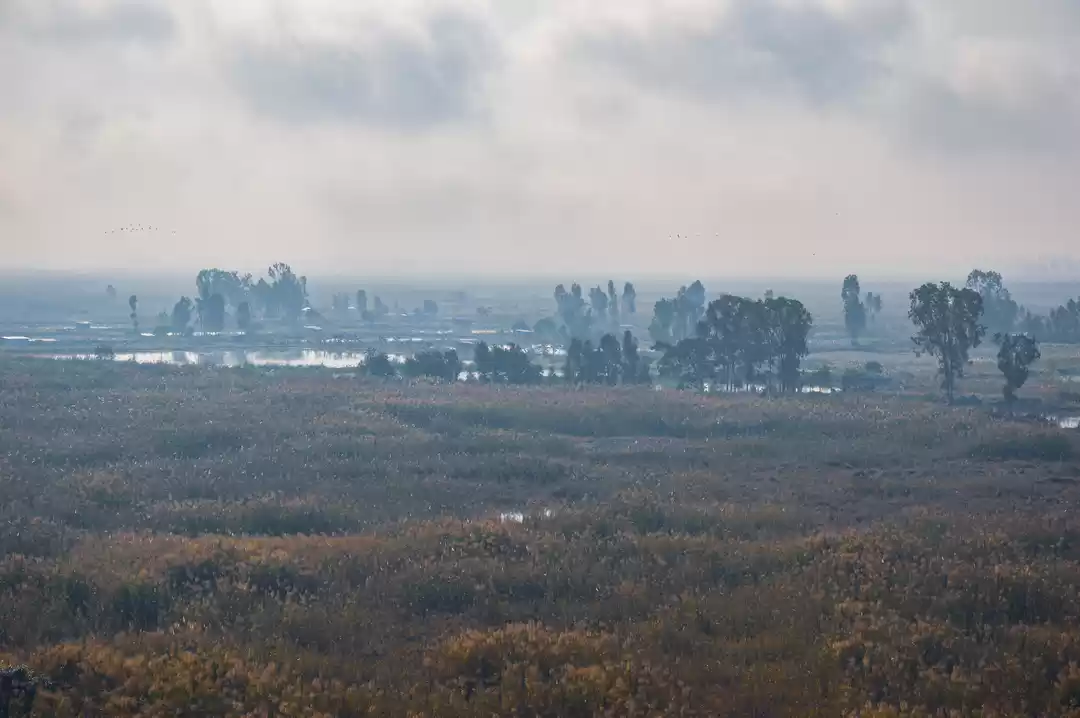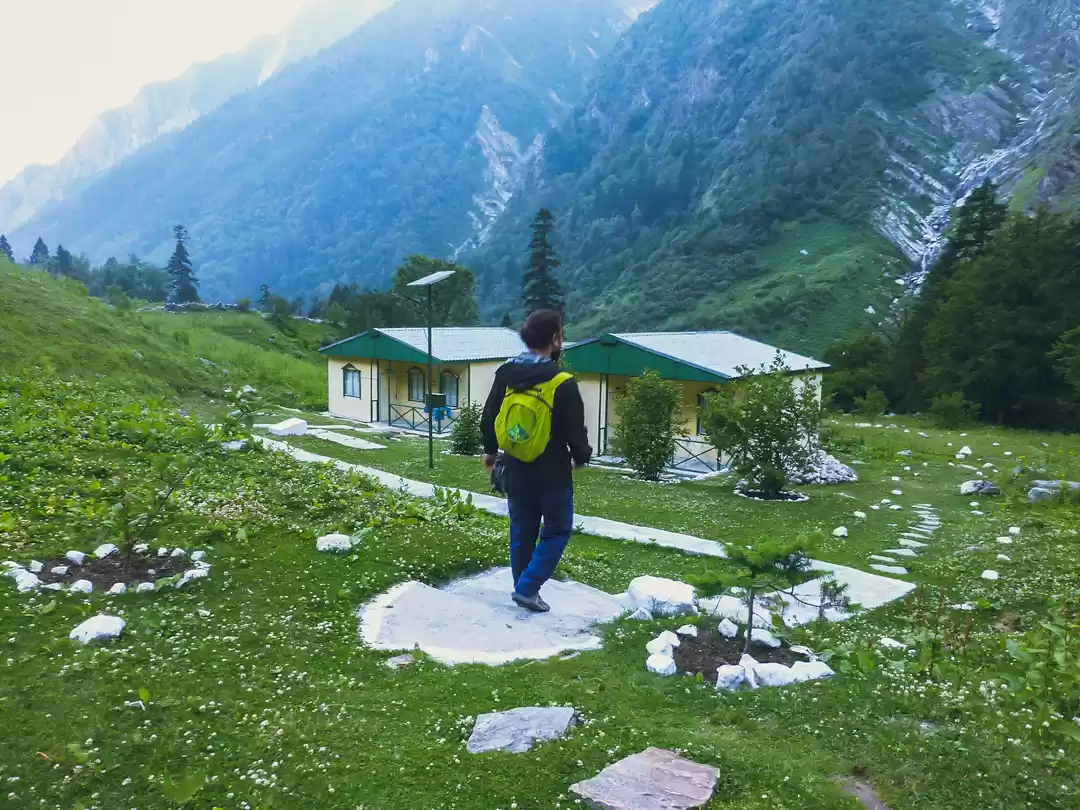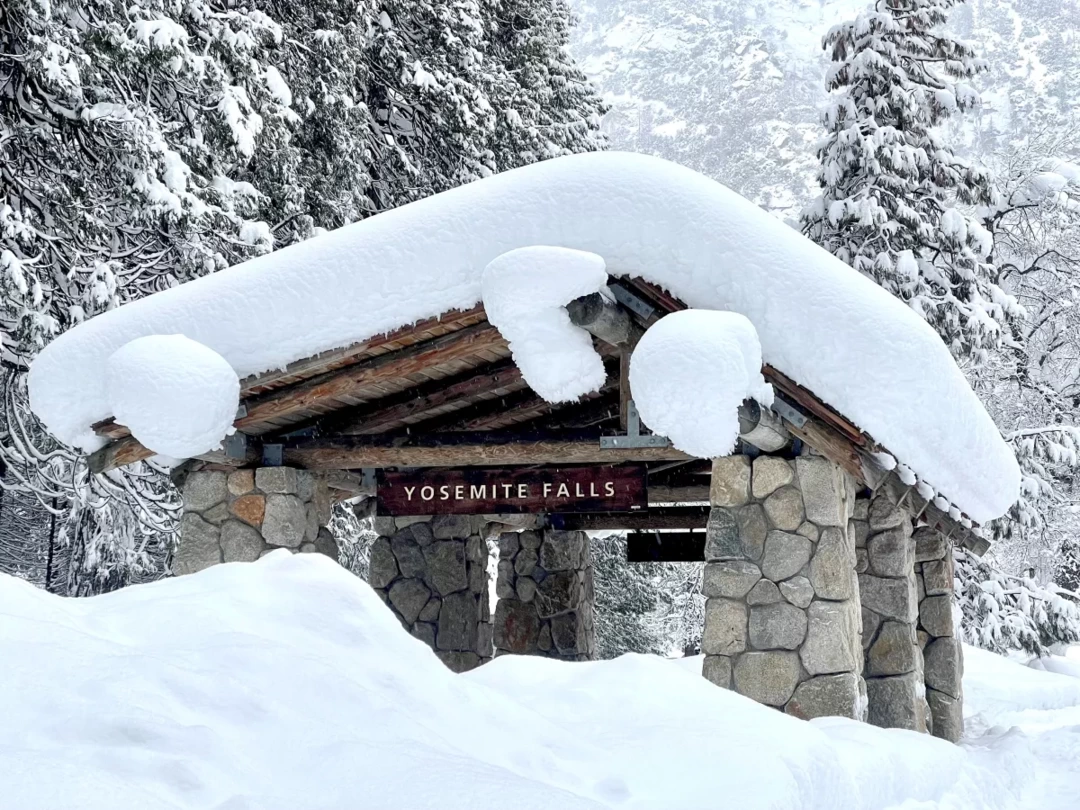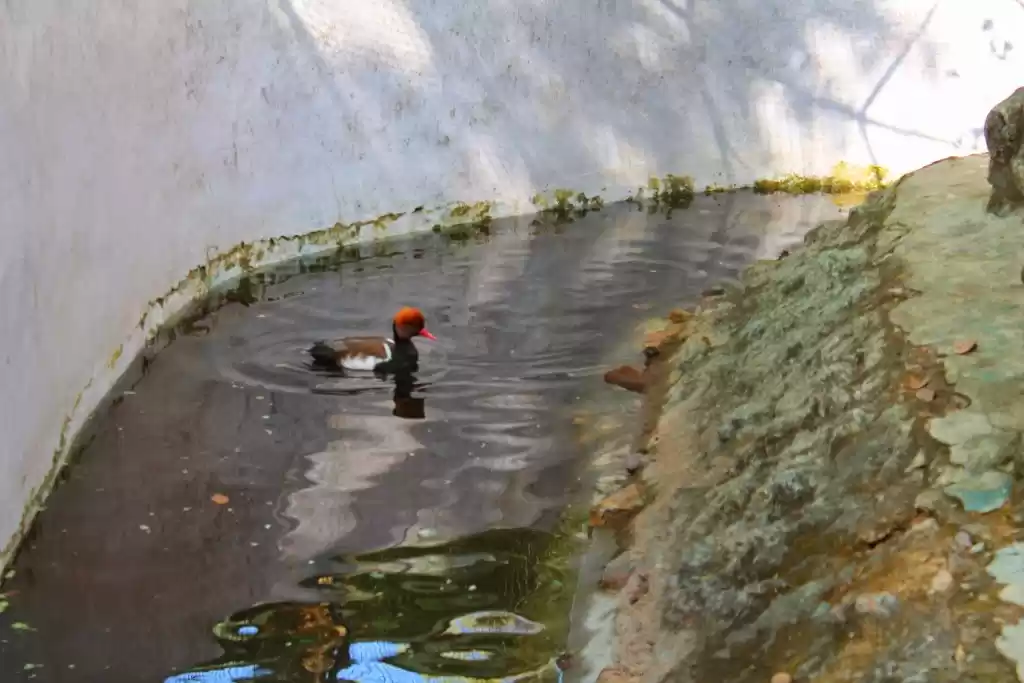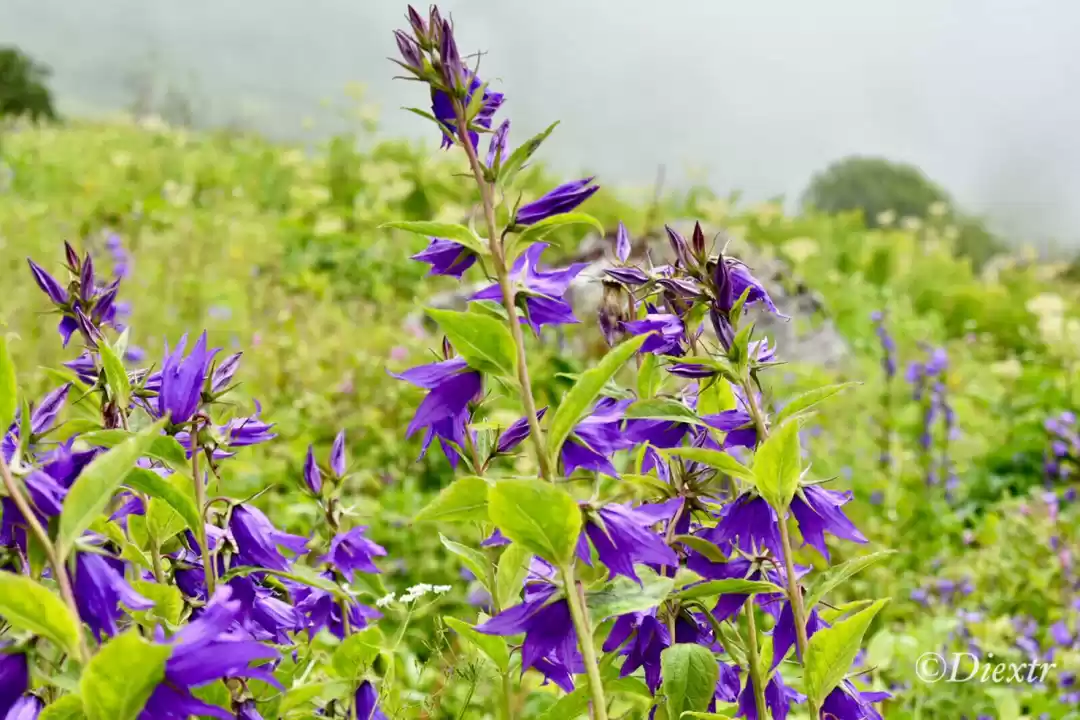Have you ever dreamed of visiting a place where you can witness thousands of colorful flowers blooming in a lush green valley surrounded by snow-capped mountains? A place where you can encounter rare and exotic animals like snow leopards, black bears, and Himalayan monals? A place where you can experience the thrill of trekking through scenic trails and crossing gushing rivers and waterfalls? A place where you can feel the spiritual vibes of ancient temples and shrines?
If yes, then you should definitely visit the Valley of Flowers, a national park and a UNESCO World Heritage Site in Uttarakhand, India. The Valley of Flowers is one of the most beautiful and unique places on earth, where nature and adventure come together to create a magical experience for visitors.
In this article, we will explore the history, location, climate, flora, fauna, and trekking details of the Valley of Flowers, as well as some useful tips and FAQs for visitors. By the end of this article, you will be convinced that the Valley of Flowers is your next destination for an unforgettable trip.
History of Valley of Flowers
The Valley of Flowers was discovered by chance in 1931 by Frank S Smythe, a British mountaineer and botanist who was returning from an expedition to Mount Kamet. He was mesmerized by the sight of the valley filled with vibrant flowers and named it as the Valley of Flowers. He later wrote a book with the same title, describing his discovery and the flora of the valley.
The valley was declared a national park in 1982 and a UNESCO World Heritage Site in 2005. It is now a part of the Nanda Devi Biosphere Reserve, which also includes the Nanda Devi National Park. The valley is home to more than 600 species of flowers, many of which are endemic and endangered. It is also a habitat for several species of animals, birds, insects, and butterflies.
The valley has a mythological significance as well. According to Hindu legend, it is believed that Hanuman, the monkey god, brought Sanjivani herb from the valley to cure Lakshmana, the brother of Lord Rama, who was wounded in the epic battle against Ravana. The valley is also considered as a sacred place by the Sikhs, who visit Hemkund Sahib Gurudwara, a shrine dedicated to Guru Gobind Singh, the tenth Sikh guru.
The valley has also inspired many artists, writers, poets, and filmmakers over the years. Some notable examples are Ruskin Bond’s novel “A Flight of Pigeons”, which is set in the valley during the 1857 revolt; Amitav Ghosh’s novel “The Hungry Tide”, which mentions the valley as a metaphor for ecological balance; and Ashutosh Gowariker’s film “Swades”, which features a song shot in the valley.

Location of Valley of Flowers
The Valley of Flowers is located in the Bhyundar Valley of Chamoli district in Uttarakhand. It lies at an altitude ranging from 3,200 meters to 6,675 meters above sea level. It covers an area of about 87 square kilometers. It is situated near Badrinath, one of the four holy sites of Hindu pilgrimage known as Char Dham.
The nearest town to the valley is Govindghat, which is about 20 kilometers away. Govindghat can be reached by road from various cities and towns in India such as Delhi (500 kilometers), Haridwar (300 kilometers), Rishikesh (270 kilometers), Dehradun (320 kilometers) etc. From Govindghat, one has to trek for about 14 kilometers to reach Ghangaria, a small village that serves as the base camp for visiting the valley. From Ghangaria, one has to trek for another 4 kilometers to enter the valley.
Climate of Valley of Flowers
The climate of the Valley of Flowers varies according to the seasons and altitude. The valley experiences four seasons: winter (November to March), spring (April to May), summer (June to August), and autumn (September to October).
Winter: The valley remains covered with snow during winter and is inaccessible for visitors. The temperature drops below zero degrees Celsius and can reach up to -15 degrees Celsius at higher altitudes. The snowfall can be up to 6 meters deep.
Spring: The valley starts to thaw in spring and the flowers begin to bloom. The temperature ranges from 5 degrees Celsius to 15 degrees Celsius. The weather is pleasant and sunny, but can also be unpredictable and rainy.
Summer: The valley reaches its peak of flowering in summer, especially during the monsoon season from June to September. The temperature ranges from 10 degrees Celsius to 20 degrees Celsius. The weather is humid and cloudy, but also offers clear views of the mountains and glaciers.
Autumn: The valley starts to fade in autumn and the flowers start to wither. The temperature ranges from 5 degrees Celsius to 15 degrees Celsius. The weather is dry and windy, but also offers a colorful display of the foliage.
Flora at Valley of Flowers
The Valley of Flowers is a paradise for botanists and flower lovers, as it boasts of more than 600 species of flowers, many of which are endemic and endangered. The valley is divided into three zones: lower, middle, and upper, according to the altitude and vegetation. The lower zone has mostly grasses and herbs, the middle zone has shrubs and bushes, and the upper zone has alpine meadows and rocks.
Some of the most common and prominent flowers found in the valley are:
Brahmakamal: The state flower of Uttarakhand, Brahmakamal is a rare and sacred flower that grows at high altitudes. It has a white lotus-like shape with a yellow center and a pleasant fragrance. It is named after Brahma, the Hindu god of creation, and is believed to bring good luck and prosperity.
Blue Poppy: The national flower of Bhutan, Blue Poppy is a stunning and exotic flower that grows in cold and moist conditions. It has a bright blue color with a yellow center and a silky texture. It is also known as Himalayan Queen or Meconopsis.
Cobra Lily: A unique and fascinating flower that resembles the hood of a cobra snake. It has a greenish-yellow color with purple spots and a long curved stem. It is also known as Arisaema or Jack-in-the-pulpit.
Geranium: A common and cheerful flower that grows in clusters of pink, purple, red, or white colors. It has five petals and a hairy stem. It is also known as Cranesbill or Pelargonium.
Himalayan Rose: A beautiful and fragrant flower that grows in shades of pink, red, or white. It has five petals and a yellow center. It is also known as Rosa Macrophylla or Wild Rose.
Some of the rare and endangered flowers found in the valley are:
Himalayan Cinquefoil: A delicate and graceful flower that grows in yellow or white colors. It has five petals and a green center. It is also known as Potentilla or Five-fingered Grass.
Himalayan Slipper Orchid: A striking and elegant flower that grows in pink or purple colors. It has a slipper-shaped pouch and two long petals. It is also known as Cypripedium or Lady’s Slipper.
Himalayan Edelweiss: A charming and fluffy flower that grows in white or cream colors. It has star-shaped petals and woolly hairs. It is also known as Leontopodium or Lion’s Paw.

Fauna at Valley of Flowers
The Valley of Flowers is not only a paradise for botanists and flower lovers, but also for wildlife enthusiasts and photographers. The valley is a habitat for several species of animals, birds, insects, and butterflies, some of which are rare and endangered. The valley is divided into three zones: lower, middle, and upper, according to the altitude and vegetation. The lower zone has mostly herbivorous animals, the middle zone has mostly omnivorous animals, and the upper zone has mostly carnivorous animals.
Some of the most common and prominent animals found in the valley are:
Snow Leopard: The king of the Himalayas, snow leopard is a majestic and elusive animal that lives at high altitudes. It has a thick fur coat of gray or white color with black spots and rosettes. It has a long tail and powerful legs. It is also known as Panthera Uncia or Ounce.
Black Bear: The largest mammal in the valley, black bear is a furry and friendly animal that lives in forests and grasslands. It has a black or brown color with a white patch on its chest. It has a round head and a short tail. It is also known as Ursus Thibetanus or Asiatic Black Bear.
Himalayan Monal: The national bird of Nepal, Himalayan monal is a colorful and charismatic bird that lives in alpine meadows and forests. It has a metallic green, blue, purple, or bronze color with a crest on its head. It has a long tail and a curved beak. It is also known as Lophophorus Impejanus or Impeyan Pheasant.
Some of the rare and endangered animals found in the valley are:
Asiatic Black Deer: A graceful and elegant deer that lives in grasslands and forests. It has a dark brown or black color with white spots on its body. It has long antlers and slender legs. It is also known as Cervus Nippon or Sika Deer.
Himalayan Musk Deer: A shy and secretive deer that lives in alpine meadows and forests. It has a gray or brown color with white stripes on its face. It has no antlers but has long canine teeth. It is also known as Moschus Chrysogaster or Kasturi Mrig.
Himalayan Tahr: A rugged and agile goat that lives on rocky cliffs and slopes. It has a reddish-brown or gray color with a dark stripe on its back. It has horns that curve backwards and a long mane on its neck. It is also known as Hemitragus Jemlahicus or Jharal.
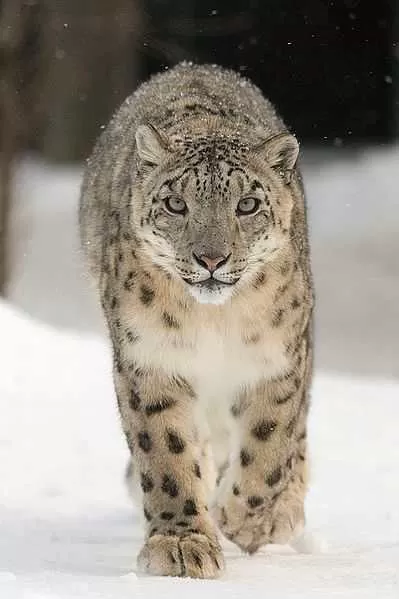
Trekking at Valley of Flowers
The Valley of Flowers is a popular trekking destination in Uttarakhand that offers a unique and mesmerizing experience of nature and adventure. The trekking route and itinerary from Govindghat to Ghangaria and then to Valley of Flowers are as follows:
Day 1: Govindghat to Ghangaria
Distance: 14 kilometers
Duration: 5 to 6 hours
Difficulty level: Moderate
Altitude: 1,800 meters to 3,050 meters
The trek starts from Govindghat, a small town on the banks of the Alaknanda River. From here, one can either take a shared jeep or a pony to reach Pulna, which is about 4 kilometers away. Alternatively, one can also walk along the motorable road. From Pulna, the trek follows a well-marked trail that passes through forests, villages, bridges, and waterfalls. The trail is mostly uphill and can be tiring for beginners. The trek ends at Ghangaria, a small village that serves as the base camp for visiting the valley. Ghangaria has several hotels, guest houses, campsites, and restaurants where one can stay overnight and enjoy the views of the mountains.
Day 2: Ghangaria to Valley of Flowers and back
Distance: 8 kilometers
Duration: 4 to 5 hours
Difficulty level: Easy to Moderate
Altitude: 3,050 meters to 3,650 meters
The trek starts from Ghangaria early in the morning, after obtaining the entry permit and paying the fee at the forest check post. The permit is valid for one day only and costs Rs. 150 for Indians and Rs. 600 for foreigners. The trek follows a narrow path that crosses a bridge over the Pushpawati River and then ascends gradually through meadows and forests. The trek offers spectacular views of the valley and its flowers, as well as the surrounding peaks and glaciers. The trek ends at the tip of the valley, where one can see a small stream flowing from the glacier. One can spend some time exploring the valley and taking pictures, but must return to Ghangaria by evening, as camping is not allowed in the valley.
Day 3: Ghangaria to Govindghat
Distance: 14 kilometers
Duration: 4 to 5 hours
Difficulty level: Easy
Altitude: 3,050 meters to 1,800 meters
The trek starts from Ghangaria early in the morning and retraces the same path back to Govindghat. The trek is mostly downhill and can be completed faster than the ascent. One can also take a shared jeep or a pony from Pulna to Govindghat. From Govindghat, one can either continue their journey to Badrinath or return to their destination.
The trekking trail and its landmarks are
Hemkund Sahib Gurudwara: A sacred shrine dedicated to Guru Gobind Singh, the tenth Sikh guru, who meditated here in his previous life. It is located at an altitude of 4,329 meters and is surrounded by seven snow-clad peaks. It is also known as Lokpal Lake or Hemkund Lake. It is one of the highest Gurudwaras in the world and attracts thousands of pilgrims every year.
Pushpawati River: A tributary of the Alaknanda River that originates from the Tipra Glacier near the Valley of Flowers. It flows through the valley and joins the Lakshman Ganga River at Ghangaria. It is also known as Bhyundar Ganga or Laxman Ganga. It is a source of water and life for the valley and its inhabitants.
Tipra Glacier: A glacier that lies at the end of the Valley of Flowers, where the valley meets the Zanskar Range. It is the source of the Pushpawati River and a small stream that flows through the valley. It is also a viewpoint for witnessing the panoramic views of the valley and its flowers.

We hope you have learned a lot about this amazing place and are inspired to visit it soon. If you have any questions or feedback about this article, please feel free to leave a comment below. We would love to hear from you and answer your queries. You can also share this article with your friends and family who might be interested in visiting the Valley of Flowers.
We hope you enjoyed this article and found it useful. Stay tuned for more articles on other exciting and beautiful destinations in India and around the world.
Happy traveling!

